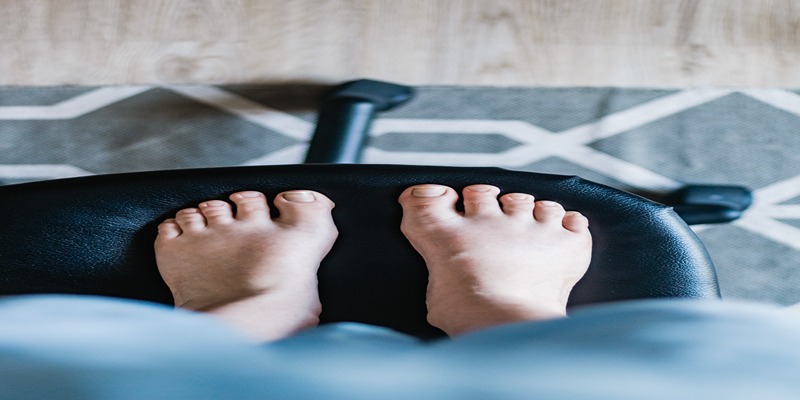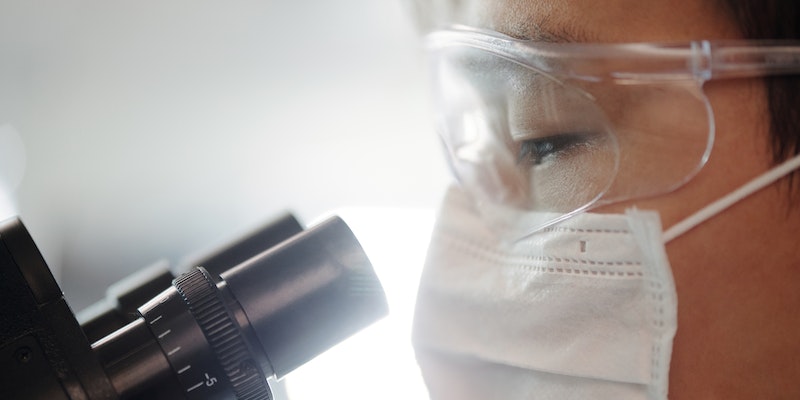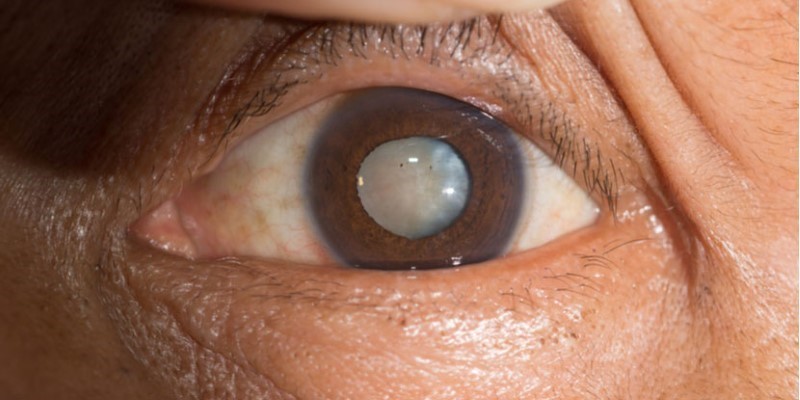Ingrown toenails, which are both common and associated with discomfort, should be actively prevented to the greatest extent possible. Ingrown toenails occur when the lateral edge of a toenail penetrates the adjacent skin, resulting in discomfort, erythema, and potentially leading to infection. This article aims to provide valuable insights into the prevention and management of ingrown toenails, a condition known for its considerable discomfort. Individuals may adopt proactive actions to promote optimal foot health and mitigate discomfort by acquiring knowledge about the etiology, predisposing factors, and efficacious therapeutic modalities.

What Causes Ingrown Toenails?
Improper foot care practices and a genetic predisposition are well recognized as the primary factors contributing to the occurrence of ingrown toenails. Improper maintenance of nails, such as excessively trimming them or rounding off their edges, may result in the ingrowth of nails into the adjacent skin. Inadequately sized footwear might potentially serve as an additional causative element, particularly when it constricts the toes or exerts pressure on the nails, resulting in their penetration into the epidermis. Certain people possess inherent toenail forms that are prone to ingrown, hence indicating the influence of genetics. Practicing meticulous nail trimming techniques and wearing properly fitted footwear may aid in the prevention of ingrown toenails. By implementing proactive methods to address these underlying factors, individuals may effectively maintain the health and safety of their feet, hence reducing the risk of developing ingrown toenails.
Signs and Symptoms of Ingrown Toenails
Prompt diagnosis is crucial for the successful treatment of ingrown toenails. Common signs of a nail infection include inflammation and erythema in the surrounding area, as well as heightened sensitivity and pain. The presence of purulent discharge and a malodorous scent may suggest the progression of an infection as the condition deteriorates. The occurrence of excessive tissue growth or the development of open wounds might arise as a consequence of toenails becoming ingrown. In order to mitigate further distress and complications, it is essential to rapidly identify these indicators and seek appropriate medical intervention.
Ingrown Toenail Prevention
The Right Way to Trim Toenails
Trimming toenails is an essential component of preventive healthcare. To trim one's toenails, it is recommended to use a clipper equipped with a linear blade. It is recommended to avoid rounding the edges and instead go for a square cut. It is advisable to refrain from excessively truncating or abbreviating their length. Maintaining appropriate nail length and shape may serve as a preventive measure against the development of ingrown toenails, a condition characterized by the growth of the nail into the surrounding skin of the toe.

Selecting Suitable Footwear
Wearing appropriate footwear is crucial. Select footwear that provides enough space for your toes in order to mitigate any potential tension or strain on your toenails. The likelihood of toenail ingrowth is heightened when individuals wear shoes that are excessively tight or ill-fitting. Properly fitted footwear not only serves to prevent the occurrence of painful ingrown toenails, but also ensures optimal comfort.
Importance of Foot Hygiene
Maintaining proper foot hygiene is of utmost importance. Maintain proper foot hygiene by regularly cleansing them with a gentle soap and warm water. Subsequently, it is essential to ensure thorough drying, particularly in the interdigital spaces. Ingrown toenails have a higher prevalence in regions characterized by high moisture levels, facilitating the optimal growth conditions for fungal organisms. Preventing this unpleasant condition may be achieved by maintaining proper hygiene practices, namely by ensuring that one's feet are consistently clean and dry.
When to Seek Medical Attention
Determining the severity of an ingrown toenail and the need of medical care has more significance than just implementing preventive measures. Instances of intense pain, indications of infection (such as the presence of pus or redness that surpasses the confines of the toenail area), or symptoms that fail to ameliorate with self-administered remedies are further factors necessitating medical consultation. Individuals who are afflicted with diabetes or circulatory impairments should promptly seek medical advice upon the manifestation of symptoms associated with ingrown toenails. Early detection of the condition may help prevent complications and provide optimal therapy.
Toenail Treatment Options
Over-the-Counter Solutions
Over-the-counter medicine may serve as an initial treatment option for an ingrown toenail. These types of products may be used to alleviate the hardness of the nail and the adjacent skin. When administered as prescribed, these therapeutic interventions have the potential to mitigate the sensations of pain and the accompanying inflammation resulting from the condition of ingrown toenails.
Moreover, a number of non-prescription medicines include antibacterial properties that might potentially assist in the control or prophylaxis of diseases. However, it is crucial to adhere to the prescribed prescription regimen precisely and seek medical attention if there is no improvement in your symptoms. While the use of non-prescription drugs may provide relief for mild cases, those with chronic or severe ingrown toenails may need professional medical attention or perhaps undergo a small surgical procedure.
Professional Treatments
In instances of severe or recurring occurrences of ingrown toenails, it may be necessary to seek medical intervention. Partial nail avulsion and toenail bracing are often used methods. To mitigate discomfort and prevent further exacerbation, a medical practitioner may choose to do a medical intervention known as partial nail avulsion on a patient presenting with an ingrown toenail. In contrast, toenail bracing employs specialist technology to delicately realign the toenail, so promoting optimal growth and reducing the likelihood of future occurrences. The most effective course of action for ingrown toenails that have not shown improvement using self-care methods is to seek treatment from podiatrists or other healthcare practitioners.
Home Remedies
In some instances characterized by mild severity, ingrown toenails may be managed with uncomplicated techniques inside a home setting. Two commonly used therapies are warm water soaks and the topical use of certain oils. In order to address an ingrown toenail, it is recommended to immerse the affected foot in a solution of warm water and soap for a brief duration, with the intention of facilitating the softening of the nail and the adjacent skin.
Certain types of oils, such as olive oil or tea tree oil, have the potential to mitigate edema and provide protection against infection. While several individuals have reported experiencing alleviation via the utilization of these self-administered treatments, it is imperative to use prudence and get professional medical advice if one's symptoms persist or worse. In order to get a lasting resolution for severe or chronic instances of ingrown toenails, it may be imperative to seek professional treatment.
Do’s and Don’ts of Ingrown Toenail Care
To avoid further issues and maximize the effectiveness of therapy, there are a number of things you should never do while dealing with an ingrown toenail. You should always cut your toenails straight across, not leaving any rounded edges. Make sure your shoes have enough area for your toes. Do your best to keep up with your foot hygiene by washing and drying your feet daily. Avoid infecting the area by trying to forcefully remove the ingrown nail. In the event of an infection or extreme discomfort, you should seek immediate medical treatment. By taking care of your feet according to these recommendations, you may speed up the healing process and lessen the likelihood of ingrown toenails.
Conclusion
Preventative measures, prompt medical attention, and correct procedures are the cornerstones of successful ingrown toenail therapy. Learning about the signs and symptoms and implementing good practices like regular toenail clipping and cleanliness are crucial. Avoiding risky behaviors and seeking expert advice when needed are both effective ways to keep problems at bay. Following these guidelines can help people with ingrown toenails feel better, recover faster, and keep their feet in top condition.







